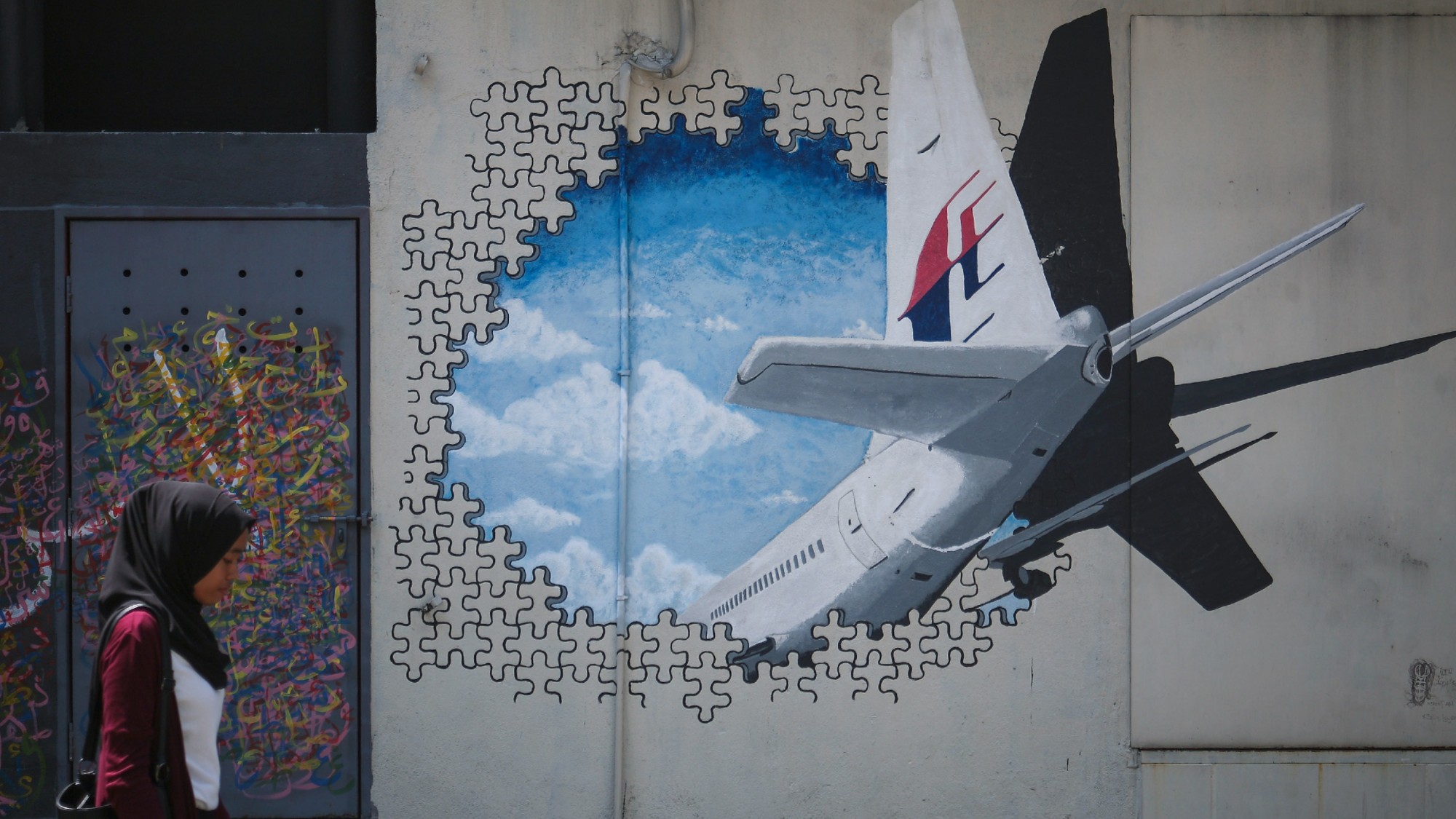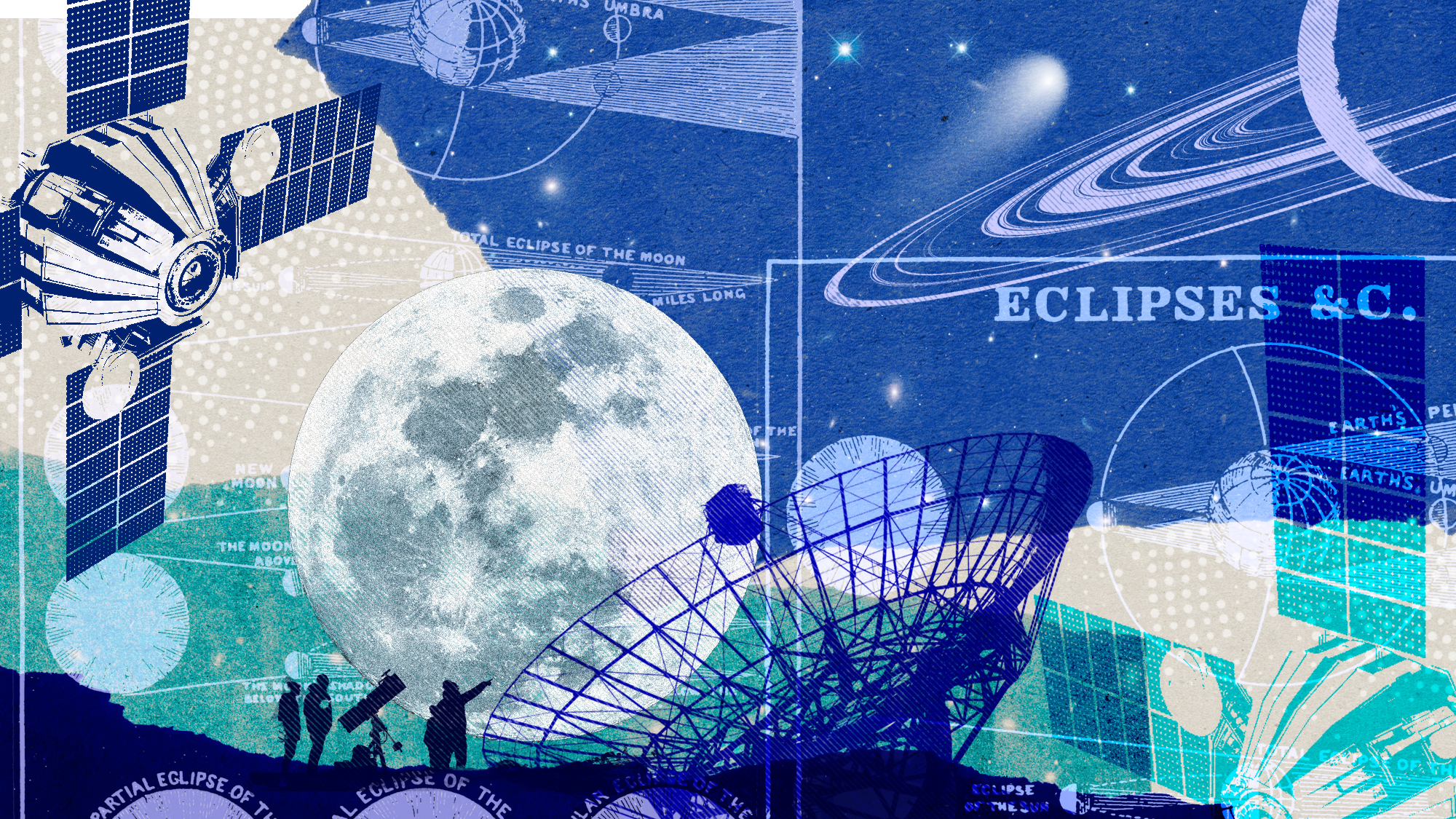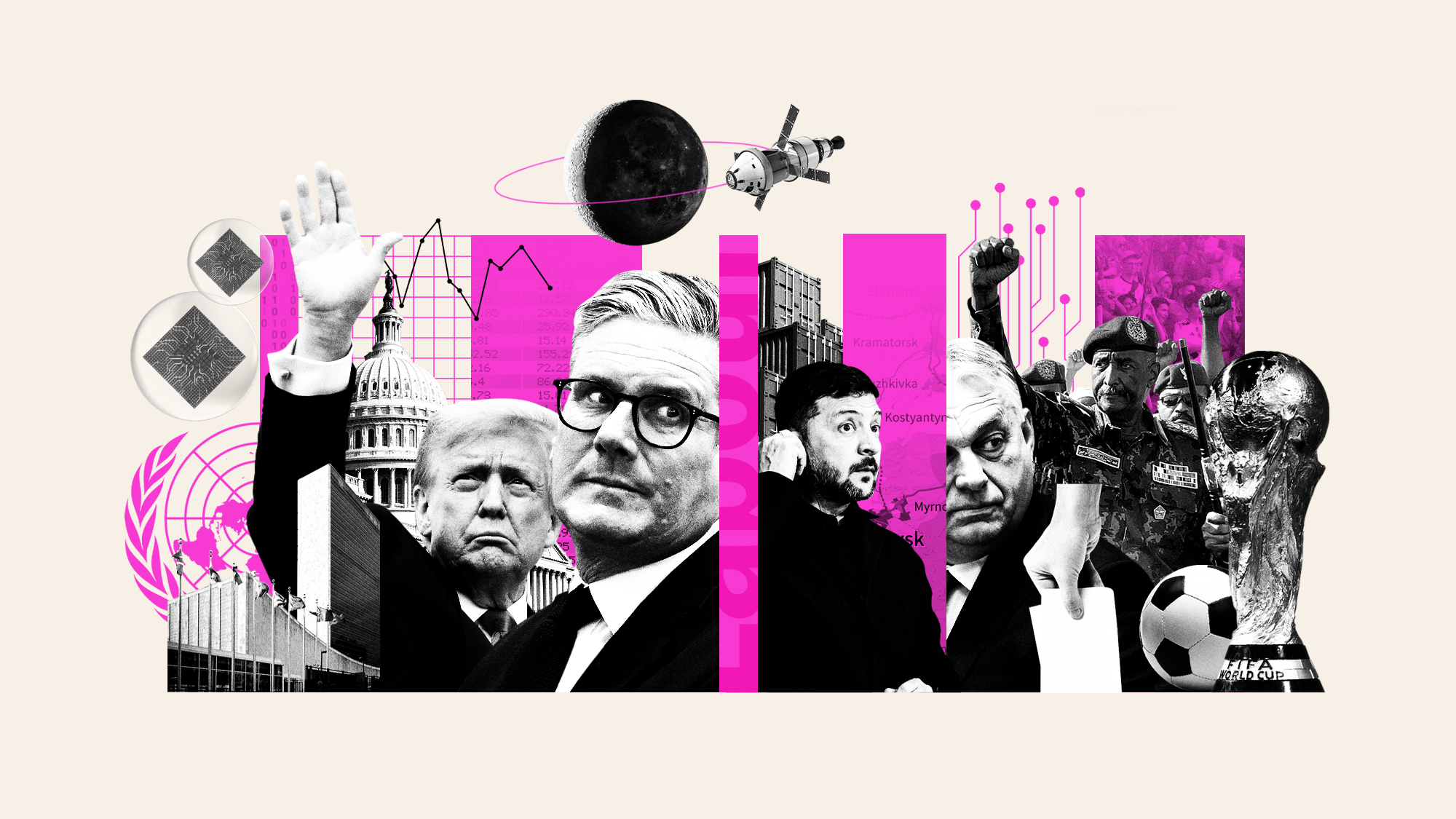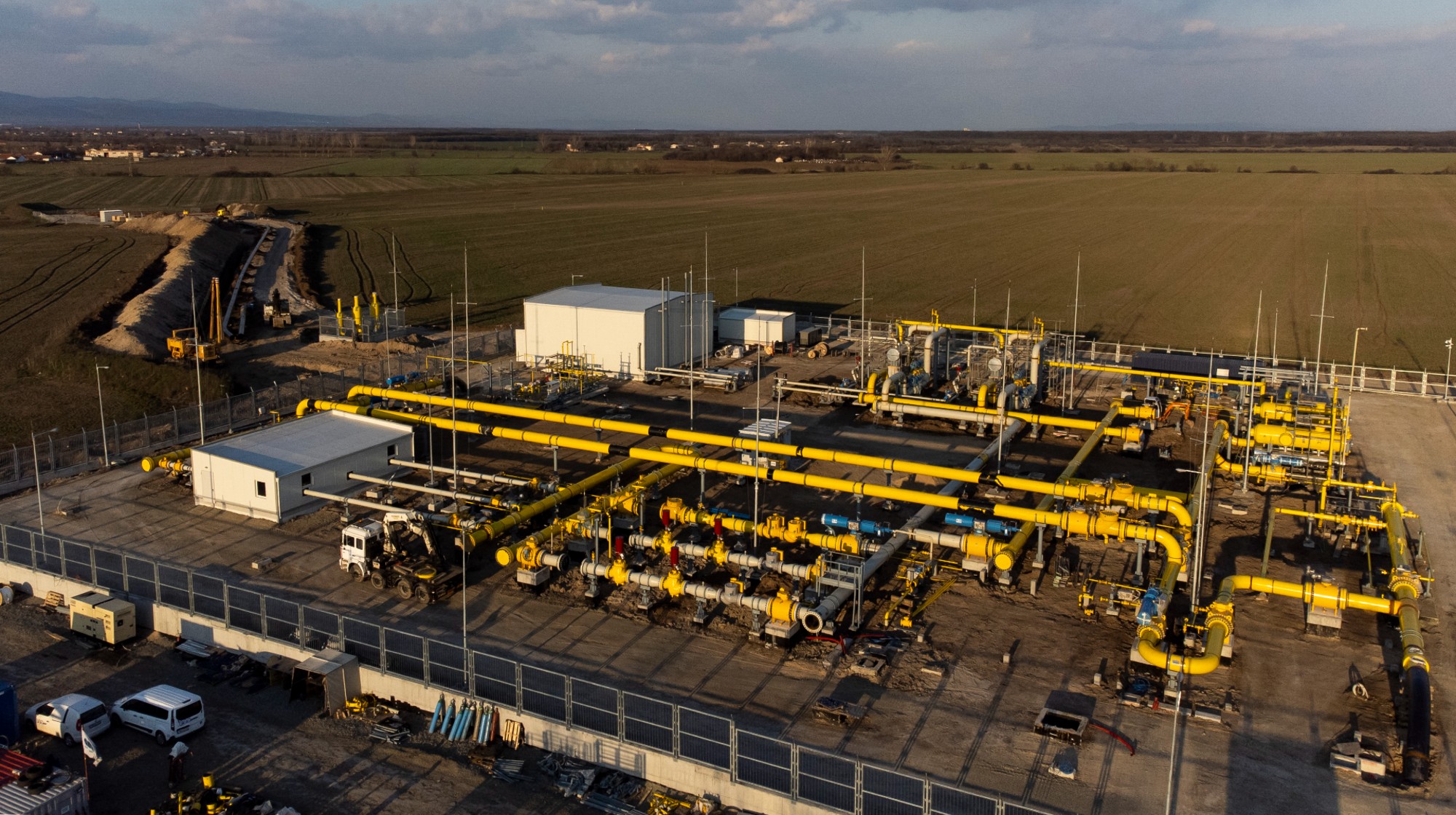Understanding Ukraine’s contested history – and why it’s relevant today
Current crisis is part of long argument about region’s history and Russia’s origins

Why is Ukraine’s history so important? Not least because Vladimir Putin is obsessed with it. “Ukrainians and Russians are one people,” he declared in July last year – and published a 7,000- word historical essay to support his case.
Like most Russian nationalists, Putin believes that Russians, Ukrainians and Belarusians are “brother nations”, all descended from the first Russian state: Kievan Rus, founded in the ninth century by a Viking dynasty, the Rurikids.
From its capital in Kyiv, Kievan Rus extended its power from the Black Sea to the Baltic. It is seen as the font of Russian culture and religion: Vladimir the Great converted it to Orthodox Christianity in 988. The Mongol invasions of the 13th century destroyed Kievan Rus and Kyiv, but in the 15th century a new state based in Moscow emerged to claim the mantle – calling itself “Russia”.
The Week
Escape your echo chamber. Get the facts behind the news, plus analysis from multiple perspectives.

Sign up for The Week's Free Newsletters
From our morning news briefing to a weekly Good News Newsletter, get the best of The Week delivered directly to your inbox.
From our morning news briefing to a weekly Good News Newsletter, get the best of The Week delivered directly to your inbox.
Where did the state of Ukraine come from?
After the fall of Kievan Rus, what would become Ukraine was divided up between various powers. From the 17th century, the west came under the control of first Poland and then Habsburg Austria; in the 18th century, Ukraine east of the Dnieper River came under the rule of the Russian Empire.
Russian nationalists tend to regard this as a liberation, but their Ukrainian counterparts see it as an occupation. From Catherine the Great’s time on, Ukraine was “Russified”: the Ukrainian language and customs were suppressed; its leaders were exiled; it was referred to as “Little Russia”, to its humiliation.
Ukrainian nationalism emerged as a force in the 19th century; and after WWI, following the collapse of the Russian and Habsburg empires, Ukraine enjoyed its first spell of independence. It was short-lived: by 1921, the Red Army had conquered much of the country, and Poland the rest.
How did it fare under the Soviets?
Ukraine became the second-most populous republic of the Soviet Union – and the second-most economically important, thanks to its fertile farmlands and key Black Sea ports. The Soviets initially encouraged the Ukrainian language and culture, but under Stalin that policy was sharply reversed.
A free daily email with the biggest news stories of the day – and the best features from TheWeek.com
The Soviet famine of 1932-33, brought about by forced collectivisation of farming, took a horrific form in Ukraine, where four to seven million people died, mostly in the country’s east. The famine is known there as the Holodomor, meaning “extermination by hunger”, and it is officially seen as an act of genocide (Putin, for his part, describes it as merely part of the “common tragedy of collectivisation”).
Stalin later repopulated the east with ethnic Russians; he also forcibly relocated 200,000 ethnic Tatars from Crimea, replacing them with Russians. In 1954, Crimea became part of Ukraine.
When did independence come?
Ukrainian nationalism survived Stalin, and thrived. On 24 August 1991, Ukraine declared independence. Later that year, a referendum ratified that decision with a 90% yes vote. In December, the presidents of the Russian, Ukrainian and Belarusian Soviet Socialist Republics together brought down the Soviet Union, declaring that it had “ceased to exist”.
For many Russians, the separation from Ukraine and Belarus was traumatic in a way that the loss of Baltic and Central Asian republics was not. Aleksandr Solzhenitsyn called for the creation of a new Slavic state bringing the three together. Putin feels that Russia was “robbed” by the post-Soviet settlement. At any rate, Ukraine became a standing challenge to Russia.
Why was it a challenge to Russia?
Ukraine suffered very similar experiences to Russia in the 1990s, after the end of communism: a brutal economic contraction, and state-wide corruption. Even so, it remained a vigorous democracy, although one split on its old East/West dividing lines. Russian-speaking citizens in the south and east of the country tended to be pro-Russian, while the rest of the nation turned towards the EU and Nato, and against Putin’s authoritarian regime.
In 2004, mass protests erupted against the Russian-backed presidential candidate Viktor Yanukovych, who was accused of vote-rigging, and ousted in the so-called “Orange Revolution”. However, his opponent Viktor Yushchenko proved a poor president, and Yanukovych won an election in 2010 with strong support in the south and east. This led to a climactic showdown with Putin’s Russia in 2014.
What happened in 2014?
In November 2013, Yanukovych refused to sign an association deal with the EU. That decision sparked the Euromaidan protests, which in February 2014 were met with a brutal crackdown: at least 88 people were killed, many by police snipers. The protests eventually brought down Yanukovych.
The episode is known in Ukraine as the “Revolution of Dignity”; Putin described it as a Western-backed “fascist coup” that endangered the ethnic Russians, particularly in Crimea.
Within weeks, Putin had annexed the region – a move justified as a rescue operation. “There is a limit to everything,” he said. “And with Ukraine, our Western partners have crossed the line.” He also encouraged Russian separatists in the eastern regions of Donetsk and Luhansk.
What happened in the east?
“Independent republics” were declared in Donetsk and Luhansk, and covert Russian special forces joined separatist rebels there to fight Ukraine’s armed forces. More than 14,000 people have died in the civil war since.
France and Germany brokered the Minsk agreements in 2015, imposing a ceasefire, withdrawal of heavy weapons, Ukrainian control over its border with Russia, and special political status for parts of the two regions. Yet in the years since, tensions over eastern Ukraine have continued to simmer. On Monday, Putin ordered troops into the two rebel-held regions, after recognising them as independent states.
Why is Russia threatened by Nato?
In February 1990, during negotiations about German reunification, the US secretary of state James Baker reassured the Soviet leader Mikhail Gorbachev that if it went ahead, Nato would not expand “one inch to the East”.
Yet since then, the military alliance has expanded to include nine central and eastern European states. Moscow believes this is a betrayal. “They conned us,” said Putin this month. “They simply cheated us.” The issue is slightly murky: the promise technically covered only the expansion of Nato forces into East German territory.
No agreements were made about the expansion of Nato into other former Eastern Bloc states in the final treaty, as the issue was not tabled during negotiations. However, many Western leaders did make promises at the time: Douglas Hurd, the UK foreign secretary, declared in 1991 that there were “no plans” for Nato to expand into eastern Europe.
Ukraine’s application for membership, which dates back to 2008, has been a flashpoint in its relations with Russia. And arguably the West has displayed double standards: as the Cuban Missile Crisis showed, the US likewise does not accept hostile military alliances in its backyard
-
 Will the mystery of MH370 be solved?
Will the mystery of MH370 be solved?Today’s Big Question New search with underwater drones could finally locate wreckage of doomed airliner
-
 The biggest astronomy stories of 2025
The biggest astronomy stories of 2025In the spotlight From moons, to comets, to pop stars in orbit
-
 Why are micro-resolutions more likely to stick?
Why are micro-resolutions more likely to stick?In the Spotlight These smaller, achievable goals could be the key to building lasting habits
-
 What will happen in 2026? Predictions and events
What will happen in 2026? Predictions and eventsIn Depth The new year could bring peace in Ukraine or war in Venezuela, as Donald Trump prepares to host a highly politicised World Cup and Nasa returns to the Moon
-
 All roads to Ukraine-Russia peace run through the Donbas
All roads to Ukraine-Russia peace run through the DonbasIN THE SPOTLIGHT Volodymyr Zelenskyy is floating a major concession on one of the thorniest issues in the complex negotiations between Ukraine and Russia
-
 US offers Ukraine NATO-like security pact, with caveats
US offers Ukraine NATO-like security pact, with caveatsSpeed Read The Trump administration has offered Ukraine security guarantees similar to those it would receive from NATO
-
 How Bulgaria’s government fell amid mass protests
How Bulgaria’s government fell amid mass protestsThe Explainer The country’s prime minister resigned as part of the fallout
-
 Europe sets 2027 deadline to wean itself from Russian gas
Europe sets 2027 deadline to wean itself from Russian gasIN THE SPOTLIGHT As negotiators attempt to end Russia’s yearslong Ukraine invasion, lawmakers across the EU agree to uncouple gas consumption from Moscow’s petrochemical infrastructure
-
 Pakistan: Trump’s ‘favourite field marshal’ takes charge
Pakistan: Trump’s ‘favourite field marshal’ takes chargeIn the Spotlight Asim Munir’s control over all three branches of Pakistan’s military gives him ‘sweeping powers’ – and almost unlimited freedom to use them
-
 Is Europe finally taking the war to Russia?
Is Europe finally taking the war to Russia?Today's Big Question As Moscow’s drone buzzes and cyberattacks increase, European leaders are taking a more openly aggressive stance
-
 Pushing for peace: is Trump appeasing Moscow?
Pushing for peace: is Trump appeasing Moscow?In Depth European leaders succeeded in bringing themselves in from the cold and softening Moscow’s terms, but Kyiv still faces an unenviable choice